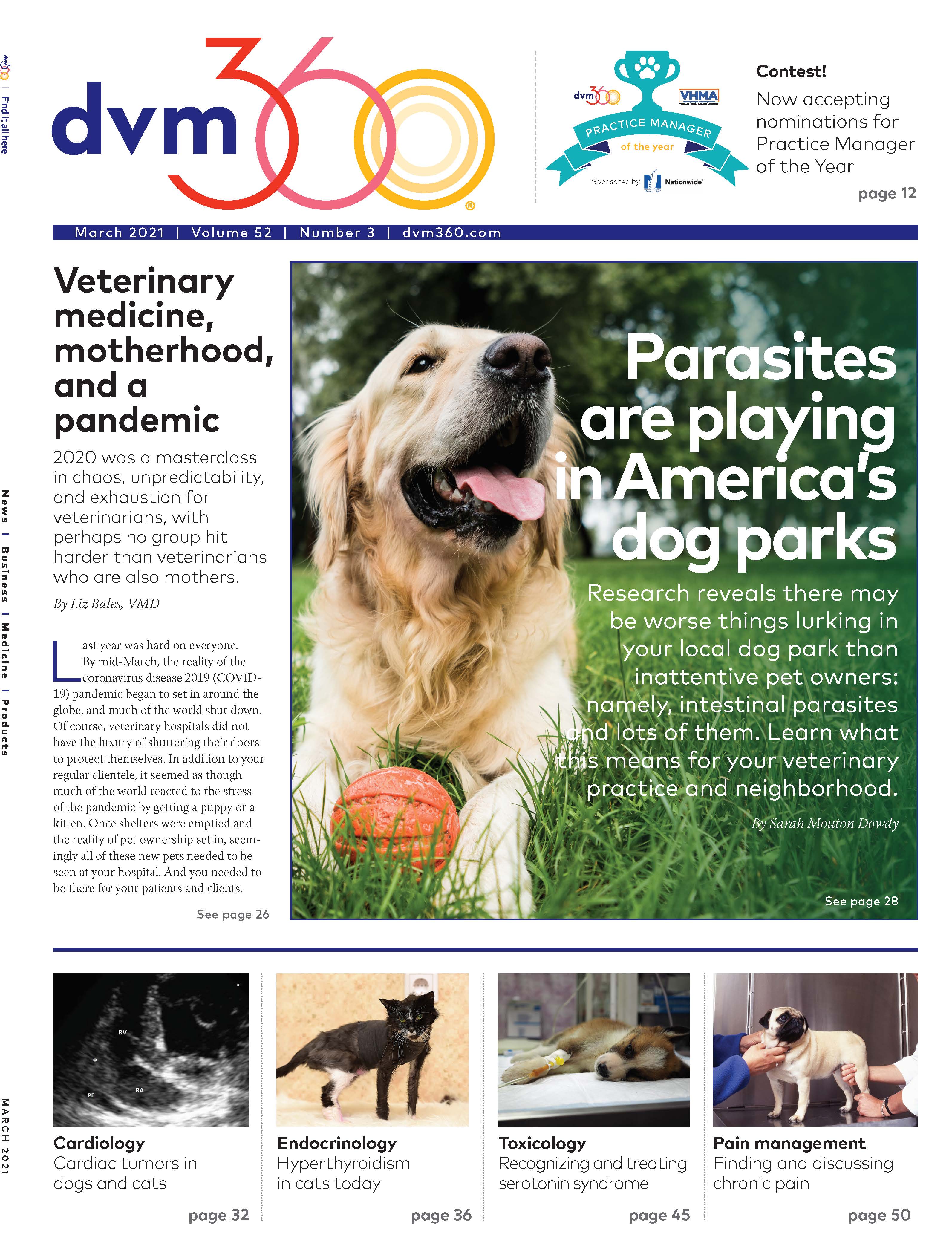As the saying goes, your veterinary practice is worth what someone is willing to pay for it. However, if you’re trying to do some financial planning, that saying isn’t a very helpful or specific answer. Fortunately, better information exists.
Profitability defined
Practice value is based on several factors. The first is profitability. The earnings definition used by most veterinary practice appraisers is the adjusted metric of earnings before interest, taxes, depreciation, and amortization (EBITDA) minus the estimated average spent each year for equipment. EBITDA must be calculated after making appropriate adjustments to the income statement; otherwise, it’s a meaningless figure.
The operating profit of a practice is the amount that tells a practice owner or manager whether the practice is financially successful. Not only do increased profits result in increased value at the time of sale, but they also mean higher cash flow each year.
Need a little help?
“The No-Lo Practice: Avoiding a Practice Worth Less” is available for free from VetPartners and includes a worksheet to guide you through the process of calculating your practice’s profitability. Visit vetpartners.org/practice-valuation-resources to download your copy of this and other useful valuation resources.
A practice with little or no value or profitability is often referred to as a “no-lo practice.” Most practice owners and managers don’t know their true adjusted EBITDA and are unhappily surprised to find it is much lower than anticipated. The EBITDA discovery must be made before the time of sale. Calculate and review the EBITDA figure regularly starting from the first day of practice ownership. Even practices that look very financially strong on the surface can be no-lo practices. The factors that make these practices appear profitable (attractive facilities, the latest equipment, a large support staff, high compensation and benefits) actually reduce profitability.
Calculating operating profit
Calculating the true operating profits of a practice is no simple task. None of the standard financial or management reports a veterinary practice normally receives include this profit figure. Neither the taxable income from a tax return nor the net income from the profit and loss statement represents true profitability. This doesn’t mean those reports are improperly prepared; it merely means the reports required by the internal revenue service or accounting standards for small businesses weren’t designed to determine profitability. No single report will give a practice all of the financial information it needs to make intelligent operating decisions. Unfortunately, the report that seems to be prepared least often is the one that calculates true practice profitability.
The operating profit is the difference between the operating revenues and expenses of a practice. Operating revenue and expenses include only items normally and necessarily in the practice’s day-to-day operations, such as fees for professional services and expenses for drugs and medical supplies. These items should also be stated at fair market value rates; for example, the practice owner’s compensation should be based on the medical and management services provided to the practice, not on how much the owner wants to take out of the practice in a certain year.
The financial statements and tax returns of closely held businesses must have a number of adjustments to derive the true operating profit. Some of the often adjusted items include payments to practice owners, facility and equipment rentals (if these items are owned by the practice owner and leased to the practice), services provided by family members, depreciation, interest on debt, and perks. Some practices may need 5 or 6 adjustments to determine true profits; others may need 20 or more.
For ease of comparison with other practices, the profit margin is generally stated as a percentage, which is calculated by practice profits divided by gross revenue. The resulting percentage is the actual operating profit of the practice. Percentages above 18% are generally considered superior, 16% to 18% are excellent, 13% to 15% are good, 8% to 12% are fair, and less than 8% are poor.
Converting profits to value
The primary focus of this discussion is the first of these factors: the profitability of the business. Another factor is the risk associated with owning a particular practice and the required rate of return an investor needs to be persuaded to invest. Profits are converted to value via a discount or capitalization rate that reflects this risk. No single capitalization or discount rate is appropriate for all situations. Instead, the rate is determined by the market and will vary depending on both external factors (eg, the state of the economy) and internal factors (eg, the level and quality of the company’s earnings, the amount of competition in the field, and many others). Practice offers by corporate groups are also influenced by the stability and returns available in the veterinary market compared with other kinds of businesses and by the competition among the many corporate buyers of practices.
Where to go next?
If practice profits aren’t at the desired level, what can be done? A lack of profitability comes from revenues that are too low, expenses that are too high, or a combination of the two. Understanding not only the profitability of the practice but also the kinds of factors that lead to this state is critical. Until the practice has an idea of the root causes of the problem, it is difficult to determine the correct solution.
There are many outstanding management resources available to practitioners from dvm360.com and organizations such as the American Association of Feline Practitioners (catvets.com), VetPartners (vetpartners.org), the American Veterinary Medical Association (avma.org), and the American Animal Hospital Association (aaha.org). Working with a financial advisor or practice consultant may help not only in gaining a greater understanding of the issues impacting profitability but also in identifying and implementing solutions. VetPartners can help in locating an appropriate individual.
Karen E. Felsted, DVM, MS, CPA, CVA, CVPM, is founder and president of the veterinary consultancy PantheraT in Dallas, Texas. She has been published in numerous veterinary journals hasserved on the boards of VetPartners and the CATalyst Council.

